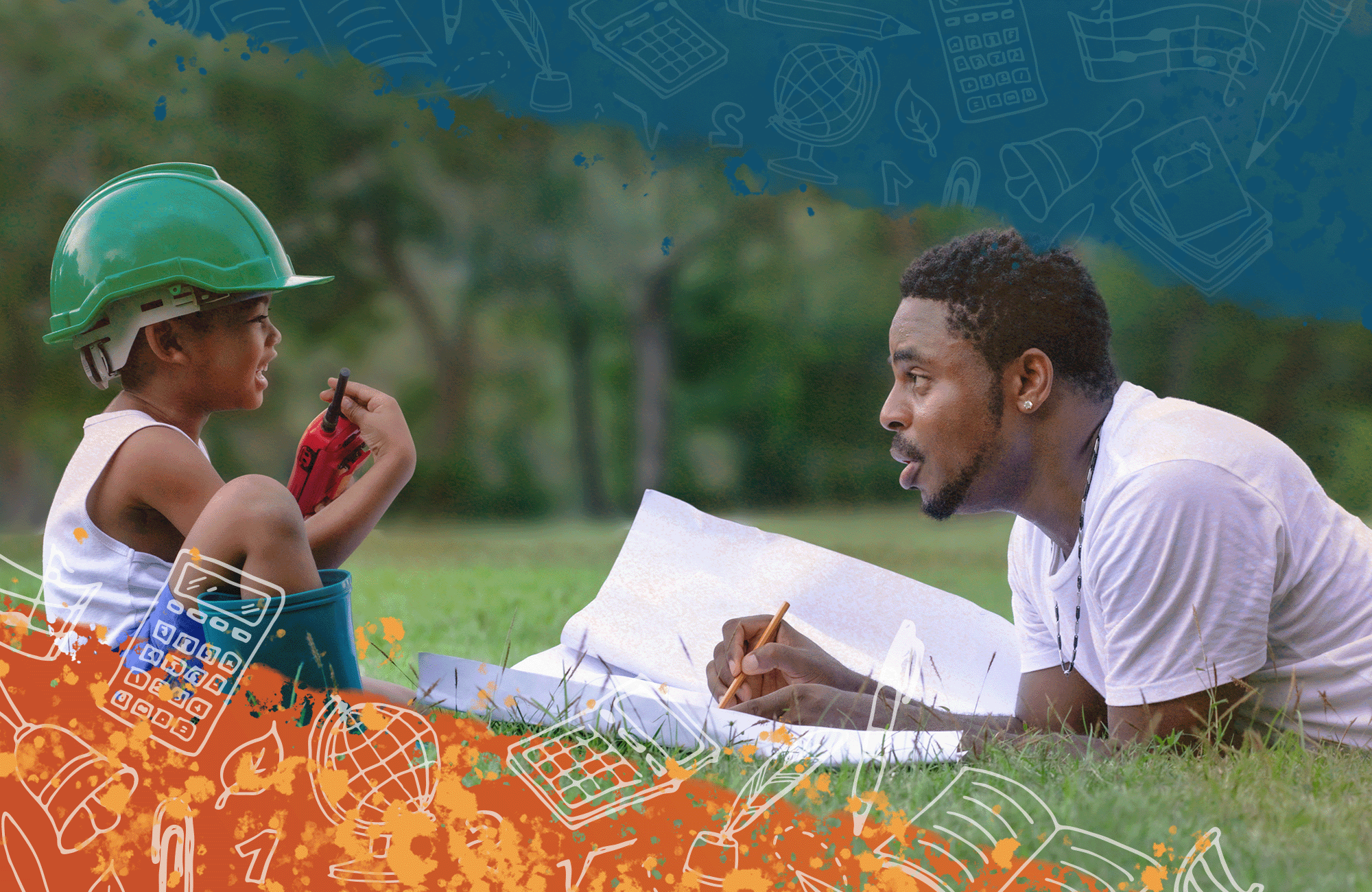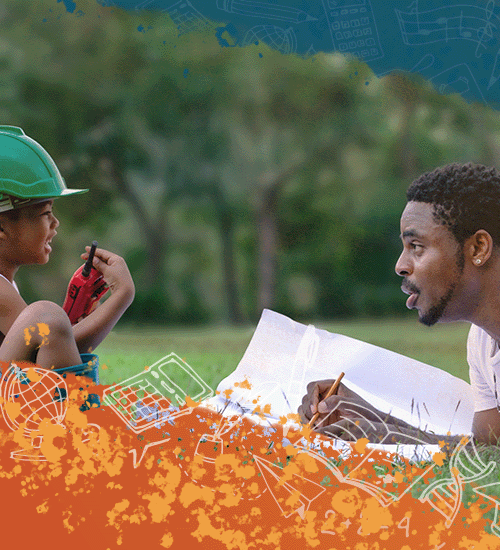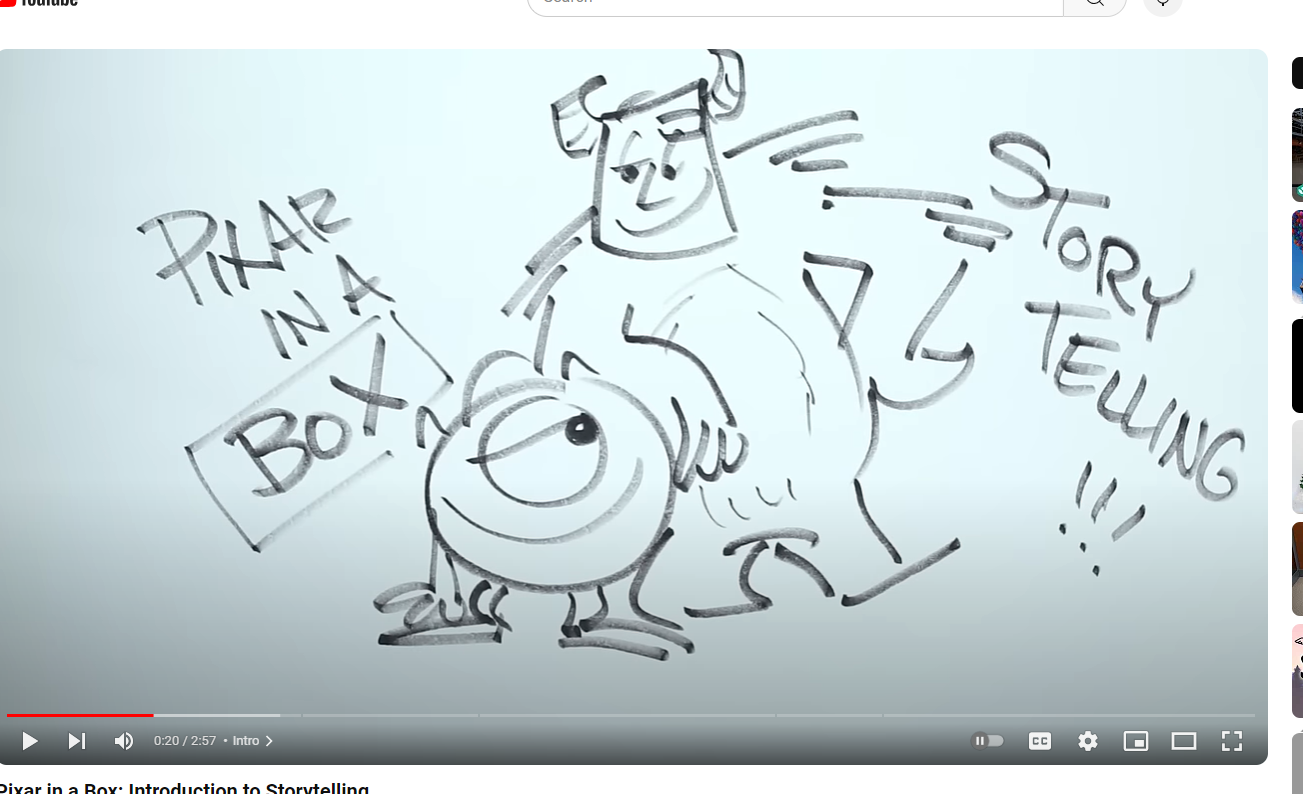

Communications
Communications: How Do We Tell Our Stories?
What is Communication?
Communication is the process of sending and receiving messages. We communicate with each other in many different ways. We use both verbal communication and nonverbal communication to send messages to each other. Speaking and writing are forms of verbal communication. Nonverbal communication uses body language, drawings, or pictures to communicate.
Think about how you have a conversation with a friend. If you are telling a story about how you saw a bear on a camping trip, you can use several forms of communication to share your experience.
One way to tell a story is to use words. For instance, you can tell your friend that the bear was taller than your tent. That’s verbal communication. You can also stretch your hands far apart to show how big the bear was, and you can use your whole body to imitate the bear’s movements. That’s nonverbal communication.
When you use both verbal and nonverbal communication, you can help the people who are listening to you or watching you understand what you are saying.

Watch the Video
Pixar in a Box: Introduction to Storytelling
In science, technology, engineering, and math (STEM), there are some very large and complicated topics that can be hard to understand. Storytelling, drawing pictures, and using different words can help us explain big topics in ways that people can understand.
Have you ever seen a picture or diagram in a science textbook? Has it helped you understand something like ecosystems or food webs? Scientists use effective communication to explain complicated ideas to everyone!
Watch the video below about storytelling (produced by Pixar, the filmmakers that brought you Monsters, Inc., and Toy Story).
Complete the Activities
Start by going outside and looking at the world around you.
Everything in nature is a part of a cycle. Everything interacts with something else in its habitat. It might be a bird eating a worm, a cricket hiding under a big leaf, or a squirrel living in an oak tree.
Look around. Do you see anything interacting with something else? Watch what happens and begin to create your story about what you see!
Think about the scene as a whole:
- Who are the characters?
- What are their names?
- What colors do you see?
- If the characters could speak your language, what would they say?
- How are they feeling today? Cold? Warm? Happy?
Once you have your characters, you can start making up a story! There are many ways to tell a story. You could write your story down, act it out, or draw it. Try one of these activities.
Activity: Tell Your Story
After you have thought about your story, write your story down in a notebook or on a piece of paper. Your story doesn’t have to be perfect; just get all your thoughts out.
Once you have written your story down, go back and revise it by making any changes you think will improve it.
When you have your story looking good, share it by reading it out loud to a parent, teacher, or friend.
Activity: Act Out Your Story
After you’ve thought up your story, think even more. This time think about how your story would look if it was a movie or play.
- What would the characters wear?
- Where would the story take place?
- How would the characters sound when they spoke?
Ask one or two of your friends if they’d like to help you act out your story and put on a performance together!
Activity: Draw Your Story
Cartoons, comic books, and picture books are examples of visual storytelling. Once you’ve thought about your story, you can draw it.
- What would the characters look like?
- What would the place where the story is happening look like?
- How would you draw what is happening?
Make as many pictures as you need to in order to tell your story. Then put them together into your very own comic book or picture book! When your visual story is looking good, share it with a parent, teacher, or friend.
Telling Stories
You might have written your story down, acted it out, or drawn it. Or you might have done all three.
All of these ways to tell stories are very important because different groups of people like different kinds of communication! Maybe you can tell your story over the phone to someone who lives far away. Or if you have younger siblings who have just started speaking, drawing a picture is a great way to communicate with them!
You can write down your story so that you can always remember all the details. And you can go back and reread your story in a week or even in a year.

Meet a Communications Specialist
Colleen Newell, Project Communications Specialist
What Was Your Favorite Subject in School?
I enjoyed all subjects when I was in school, but if I had to narrow it down to one, I would say environmental science was my favorite. Being able to go outside and learn about the environment around me was so interesting and so much fun.
What Was Your Dream Job as a Kid?
I always dreamed of following in my dad’s footsteps and becoming a firefighter so that I could help others. While I eventually realized that was not the career for me, I’ve always kept the same desire: to help people and communities.
What Is Your Favorite Thing About Your Job?
Being able to work on so many different projects! I get to learn something new every day and meet and work with a lot of incredible people. I never get bored.
What Did You Study in School?
I studied environmental studies and graphic design in college. Those two subjects have helped me be creative and think strategically in the work that I do.